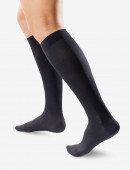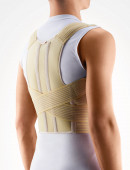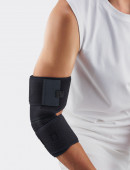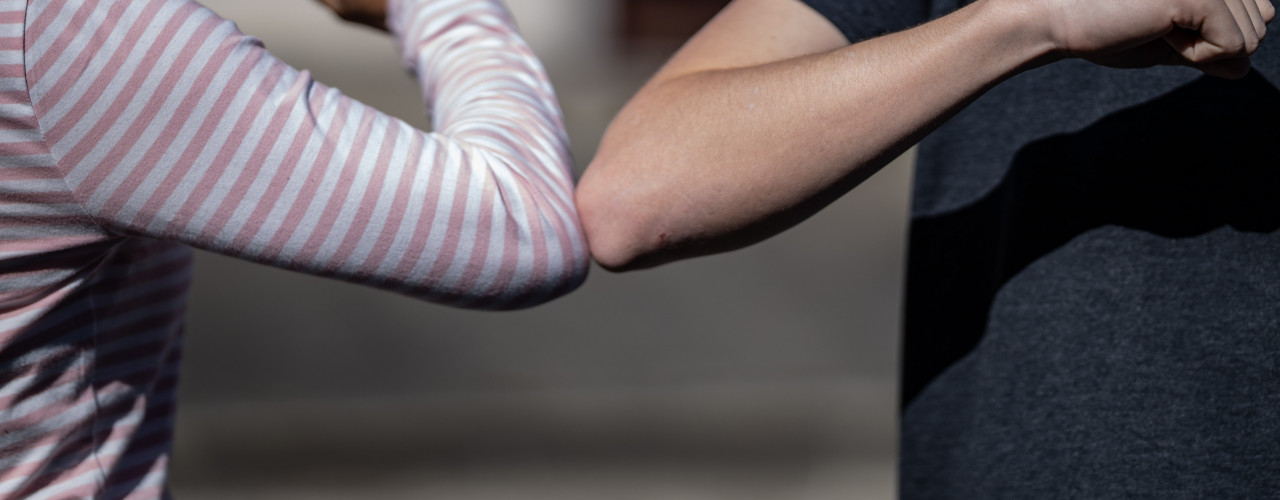Nobody is protected from bone fractures. Injury is the most common cause of damage of the arm bones. Yet, it does not mean that it only happens to athletes. Anybody may accidentally break an arm, sometimes even when taking the most usual walk. Then one should know, what needs to be done for successful recovery.
Nobody is protected from bone fractures. Injury is the most common cause of damage of the arm bones. Yet, it does not mean that it only happens to athletes. Anybody may accidentally break an arm, sometimes even when taking the most usual walk. Then one should know, what needs to be done for successful recovery.
First-Aid in the Case of a Fracture
If you happen to break an arm, it is important to know what to do, and to deliver first aid properly, without causing additional problems to your health.
It is important to keep in mind:
- if a fracture of an arm is suspected, the injured arm should be moved as little as possible,
- if the fracture is located above the elbow, do not attempt to fix the place of injury yourself, but call the emergency medical service, who will take you to the medical institution,
- if the fracture is located between the hand and the elbow, make a sling from a scarf or a shawl, place the injured arm at a 90-degree angle (the hand also needs to be in the sling and do not try to fix the broken arm with a straight object – wooden board or something else, and by no means attempt to hang the broken arm in a belt.
- definitely visit a medical institution, where the doctor will perform an inspection, examination, and prescribe the necessary treatment.
Most Common Arm Fracture Localisations
One of the most common arm fracture localisations is the hand joint. The medics explain it with the human instinct, to extend hands forward when falling, trying to soften the severity of the fall. But fractures in the elbow part are equally present, as well as in the upper arm and lower arm or shoulder, and one can add the fracture of the clavicle, as well.
The first and main condition after falling or another type of injury, that may cause suspicion of a fracture, is to seek the help of doctors to perform an examination and, in the case of fracture, prescribe the most appropriate treatment.
Seeking medical help is also important because there may be cases when the injured person may not feel the fracture themselves.
First signs of a fracture:
- pain (it may also be mild);
- difficulty moving the injured part (in specific cases it may not be present);
- swelling (it originates quickly and increases after injury);
- a bruise is forming – a subcutaneous haemorrhage;
- in the case of an open fracture, a laceration, with a protrusion of the broken bone.
Different Treatment Solutions
The first examination after an injury or a blow, in the diagnostics of the fractures, is an X-Ray scan, but there may be cases when a minor bone fracture may remain unnoticed. For this reason, keeping this possibility in mind, in the case of unclear fractures, the doctor prescribes the patient another radiologic examination as well, computer tomography or magnetic resonance, because an untreated fracture may cause health problems in the near or distant future. This may be pain and other inconveniences, as well as limited movement, if the broken bone has not knitted back together correctly.
The tactics of the treatment depend on the localisation of the rupture, and on other criteria, which are evaluated by the doctor. Part of the ruptures are operated on right after the injury, strengthening the area of the rupture with bars, bolts, and other additional devices; in some of the cases one needs to wait until the oedema has reduced, but others are treated without medical intervention, stabilising the fracture area with a solid material. Earlier it used to be plaster, but today several plaster replacements have also been introduced, manufactured from plastic, glass fibre and other innovative materials.
The treatment of a broken arm may continue from several weeks up to several months, and it is important to observe all the recommendations of the doctor in this period. After the removal of the fixation material (sometimes also earlier) physiotherapy is needed, to help the broken arm regain the previous range of motion with movements and treatment procedures. One should be aware that the beginning of physiotherapy may be painful, and even a year may pass, before all the signs of the fracture disappear.
Both during intensive therapy and the rehabilitation period, in the case of a broken arm or shoulder, a hand or shoulder fixation device may help, which, depending on the location of the injury is meant for the fixation of the shoulder, elbow, hand joint, shoulder and clavicle juncture, shoulder blade, to provide immobility for the injured part during the necessary time period and stabilise it in a proper position during the rehabilitation. The doctor helps to choose the most appropriate fixation device, evaluating the location of the rupture and the general condition of the patient.
Photo by Noah on Unsplash







